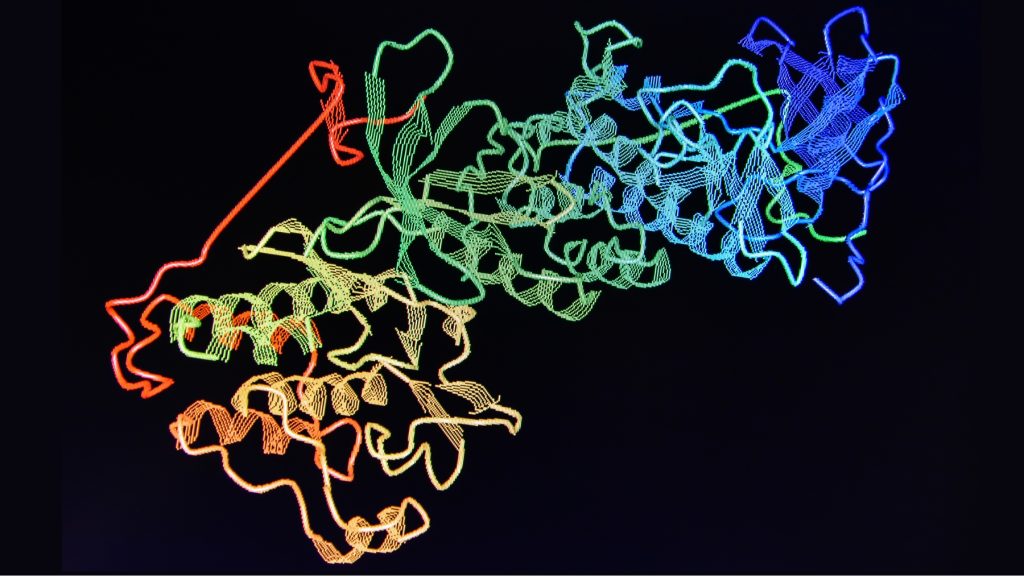
New in protein science, scientists at the University of Washington integrated AI to design proteins with dynamic structures, mirroring the behavior of biological transistors.
- Traditionally static proteins possess shape-changing abilities, acting as switches in the body’s molecular system.
- In a Science study, scientists added flexibility to designer proteins, enabling them to stabilize into two distinct forms.
Scientists at the University of Washington introduced AI to the science behind protein structures as it designed proteins with flexible structures, mimicking the behavior of biological transistors.
Traditionally seen as static, proteins can actually change shape in response to biological needs, acting like switches in the body’s molecular “computer,” influencing its reactions to internal and external factors.
Science agrees that proteins are the building blocks of our bodies, constructed from amino acids based on genetic information. While researchers have studied their structures for decades, the idea of creating new proteins from scratch using AI was intriguing. Previous AI models like DeepMind’s AlphaFold and David Baker lab’s RoseTTAFold accurately predicted protein structures, but these structures remained static.
In a study published in Science, scientists added flexibility to designer proteins, enabling them to stabilize into two distinct forms. Think of a hinge in an open or closed position or a light switch with its on/off positions. This binary switch, analogous to “0” or “1” in computing, controls the cell’s response.
Designing these proteins was a complex affair as the team had to combine AI models, including Rosetta and ProteinMPNN, to craft a hinge-like structure with two rigid parts capable of moving relative to each other. The change in shape was triggered by a small peptide binding to the hinges, serving as the biological “lock.”
“Previously, we could only create proteins with one stable configuration,” said Dr. Florian Praetorius, one of the study’s authors. “Now, we can finally create proteins that move in a predictable way, which should open up an extraordinary range of applications.”
These AI-designed proteins are poised to revolutionize various fields. They could form nanostructures that react to environmental chemicals or be used in advanced drug delivery systems. Needless to say, the proteins’ flexibility and switch-like behavior could pave the way for responsive biomaterials, biosensors, and smart drug delivery systems.
The potential applications for these proteins in science are vast and could lead to era-defining biotechnological solutions, much like how transistors transformed electronics.
Inside Telecom provides you with an extensive list of content covering all aspects of the Tech industry. Keep an eye on our Medtech section to stay informed and updated with our daily articles.